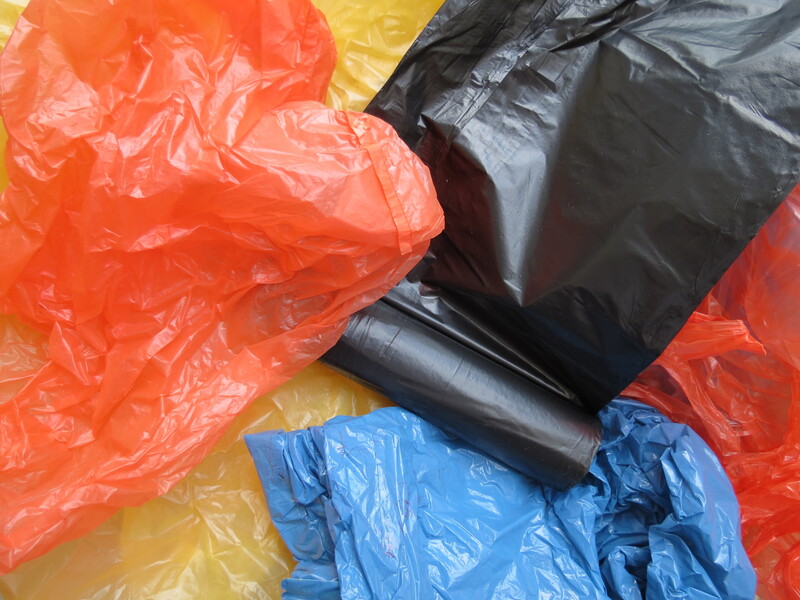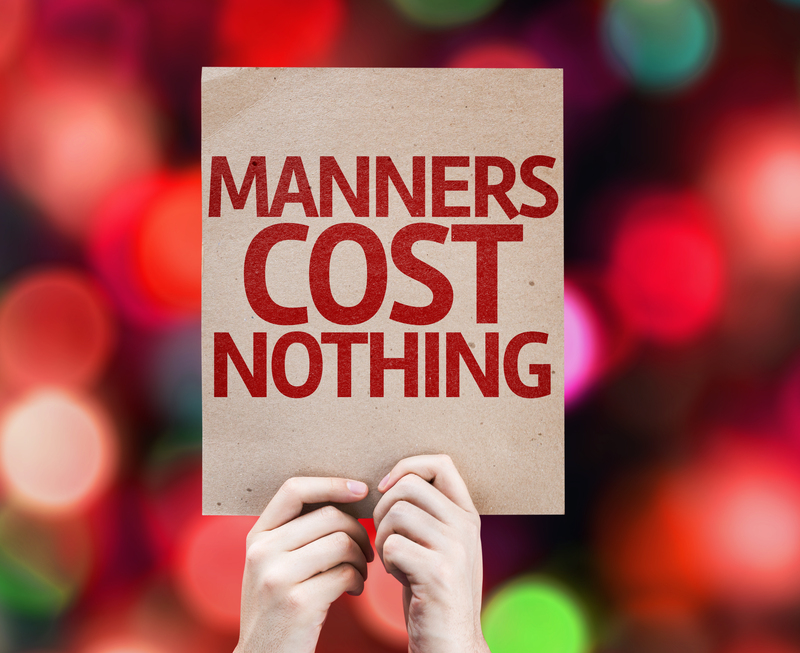Checklist for Moving Your Bed and Mattress Efficiently
Moving can be stressful, but transporting your bed and mattress doesn't have to be a hassle. Whether you're moving across town or to another state, ensuring your bed and mattress are relocated efficiently and safely is essential for a good night's sleep in your new home. This comprehensive checklist for moving a bed and mattress will help you avoid common pitfalls and guarantee a smooth transition.

Why Is It Important to Move Your Bed and Mattress Properly?
Your bed and mattress are significant investments. Taking the right steps to pack and transport them properly helps preserve their comfort and lifespan. Improper handling can result in dirt, damage, or even the loss of structural support. By following an efficient bed and mattress moving checklist, you can protect these valuable items and ensure restful sleep from the very first night in your new home.
Step-By-Step Checklist for Moving Your Bed and Mattress
-
Preparation is Key
- Set a Moving Date: Schedule your move and plan ahead to avoid last-minute issues.
- Gather Supplies: Collect the necessary materials for packing and moving your mattress and bed frame.
-
Disassemble the Bed Frame
- Take Photos: Before taking anything apart, snap pictures of your bed frame. These will help during reassembly.
- Remove Bedding: Strip the bed of all sheets, blankets, and pillows.
- Disassemble Piece by Piece: Use the correct tools to carefully take apart the headboard, footboard, slats, and rails. Label all parts and screws using bags and tape.
-
Prepare and Pack the Mattress
- Clean Your Mattress: Vacuum both sides and spot-clean stains to avoid bringing dust and dirt to your new home.
- Use a Mattress Bag: Purchase or rent a durable, waterproof mattress bag to protect against moisture, dirt, and tears.
- Secure the Bag: Ensure the mattress bag is tightly sealed with duct tape or straps.
-
Packing the Bed Frame Components
- Wrap with Moving Blankets: Use moving blankets or bubble wrap to protect wooden or metal pieces from scratches or dings.
- Bundle Hardware Separately: Store bolts, screws, and small parts in labeled plastic bags. Tape these bags to a large component (like the headboard) or keep them in a labeled box.
-
Loading and Transporting
- Choose the Right Vehicle: A moving truck, van, or large SUV is ideal for transporting bed and mattress sets.
- Proper Placement: Stand the mattress on its side (not folded) and place it against a wall of the moving truck. Secure it with straps or bungee cords.
- Keep Flat if Possible: If space allows, transport the mattress flat to better preserve its internal structure.
- Stack Carefully: Load bed frame pieces above or beside the mattress, making sure they are cushioned with blankets to prevent movement.
-
Unloading and Reassembly
- Move Mattress First: Unload and set aside the mattress in a clean, dry room.
- Reassemble Bed Frame: Refer to your photos and labeled parts for easy reassembly. Use all the original hardware to restore stability.
- Install the Mattress: Once the frame is secure, place the mattress and allow it to air out before dressing your bed.
-
Post-Move Tips
- Inspect for Damage: Check the mattress and frame for any tears, dents, or missing parts.
- Clean Again: It's a good idea to re-vacuum the mattress and wipe down the frame before using it.
- Allow Mattress to Breathe: If you moved a memory foam or latex mattress, leave it uncovered for several hours to allow odors, if any, to dissipate.
- Dispose Responsibly: If you're replacing your mattress, plan for responsible recycling or disposal.
Essential Supplies for Efficiently Moving Your Bed and Mattress
- Mattress bag or cover - protects your mattress from stains, moisture, and pests
- Moving blankets - cushion and shield bed frame components
- Straps or bungee cords - secure mattress and frame inside the vehicle
- Basic toolkit - screwdriver, wrench, pliers for disassembly and reassembly
- Plastic storage bags - keep screws, nuts, and small parts organized and labeled
- Packing tape - seals mattress bag and secures small items
- Marker and labels - identify bed parts and hardware for easy setup
Key Tips for Moving a Bed and Mattress Safely
- Do not fold innerspring mattresses - *Folding can damage the coils and permanently deform the mattress*.
- Enlist help - *Beds and mattresses are heavy and unwieldy*. Always have at least one other person assist.
- Keep everything clean - *Use fresh, soft blankets for wrapping and keep items off dirty floors*.
- Document everything - *Take multiple photos and label all parts to avoid confusion during reassembly*.
- Secure during transport - *Loose items can shift and damage both mattress and frame*. Strap everything securely.
- Measure doorways and halls - *Ensure your bed and mattress will fit through all openings in both your old and new location*.
What NOT to Do When Moving Your Mattress and Bed
- Don't move the mattress without protection - Avoid exposing your mattress to dust, dirt, or moisture.
- Don't rush reassembly - Assembling your bed in haste can lead to missing screws or unstable frames.
- Don't overload the mattress - Never pile heavy objects on your mattress during transit, as it can cause dents or structural failure.
- Don't ignore manufacturer instructions - Some beds require specific assembly or disassembly steps; always consult your manual.
Moving Special Types of Beds and Mattresses
Moving Memory Foam, Latex, or Hybrid Mattresses
- Don't fold except as instructed by the manufacturer. Many foam mattresses can be gently flexed, but folding too tightly can cause permanent damage.
- Allow time to decompress after unrolling if you have had to fold or bend the mattress for any reason.
Moving Adjustable Beds
- Disassemble electronic components with care; unplug all cords before moving frame parts.
- Wrap remote controls and store with bed hardware.
- Consult your user's manual for any special instructions.
Tips for Bunk Beds, Canopy Beds, and Platform Beds
- Disassemble structures completely for easier carrying.
- Label and group all rods, slats, and decorative elements.
- Take extra caution with fragile or intricate bed designs during transport.

Frequently Asked Questions About Moving Beds and Mattresses
How do I move a mattress without damaging it?
- Always use a mattress cover or bag.
- Carry the mattress upright and avoid sharp bends.
- Secure it in the vehicle to prevent sliding.
How do I move a bed frame safely?
- Disassemble all possible parts.
- Protect pieces with moving blankets.
- Keep small hardware together and label it.
Do I need professional movers for my bed and mattress?
- If your bed is oversized, extra-heavy, or in a location with stairs and tight corners, hiring professional movers may be worth it for safety and efficiency.
Should I replace my mattress instead of moving it?
- If your mattress is over 7-10 years old or shows signs of sagging or discomfort, consider upgrading at your new home to avoid the hassle of moving an old one.
Efficient Bed and Mattress Moving: The Takeaway
Moving your bed and mattress efficiently saves time, reduces stress, and ensures you sleep comfortably from the first night in your new location. Having an organized checklist, using the right supplies, and taking care at every step is critical for protecting both your investment and your peace of mind.
- Start early and plan ahead.
- Disassemble, pack, and transport with caution.
- Ask for help or consider professionals if needed.
- Inspect and reassemble thoroughly before use.
With this ultimate checklist for moving your bed and mattress efficiently, you'll tackle your move like a pro, ensuring your bedding essentials arrive safely and are ready to support you for many nights to come.



